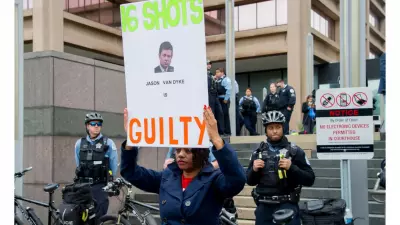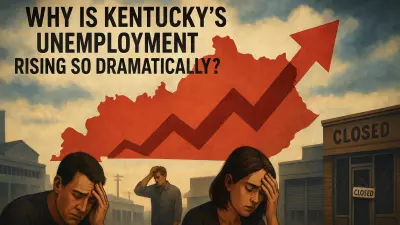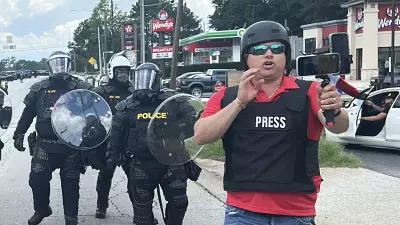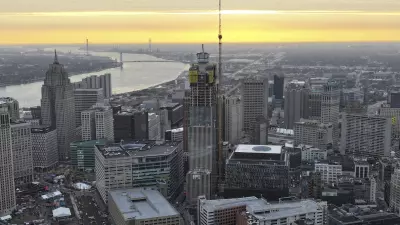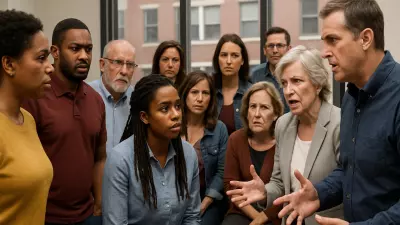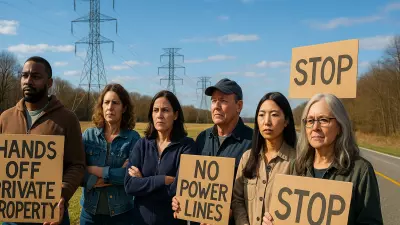ProPublica is a nonprofit newsroom that investigates abuses of power. Sign up to receive our biggest stories as soon as they’re published.

A decade ago, the Chicago Police Department drew national outrage after an officer shot and killed 17-year-old Laquan McDonald. Officials had refused to disclose footage of the murder while officers worked to cover it up. But the fallout from the case has also led to a lesser-known and surprising outcome: The city is now a leader in using body-camera footage to deliver transparency.
Notably, an independent accountability office — not the police department — decides what footage from police shootings and other serious incidents is released to the public. That seemingly straightforward setup, the product of the city’s policing reforms, appears to put Chicago in a league of its own.
“I’m not aware of any other civilian agency that does what Chicago does on releasing video,” said Florence Finkle, vice president of the National Association for Civilian Oversight of Law Enforcement. “Transparency is key to accountability.”
As ProPublica reported last month, police departments across the country have been left in sole control of the video from body-worn cameras, a power that has enabled them to undermine the promise of the technology to bring transparency and accountability. The departments have frequently kept footage from public view — and even from civilian investigators, who can find themselves hamstrung without key evidence in a case. In New York, for example, a disciplinary case against officers involved in the killing of a man in crisis recently collapsed after the NYPD withheld footage of the incident for more than a year.
Chicago, of course, has a long history of brutal, violent policing — abuse that’s often been accompanied by a code of silence.
After the McDonald shooting in October 2014, the police initially reported that he had lunged at officers with a knife. But then a whistleblower reached out to a local law professor. “They told me there’s video and it’s being covered up,” recalled University of Chicago’s Craig Futterman, who pushed for the release of the dashcam footage. The city, under then-Mayor Rahm Emanuel, refused. A year after the shooting, a judge finally forced the city’s hand, and Chicagoans saw for themselves that McDonald had been walking away from officers when he was shot 16 times. As he lay on the road bleeding, a knife lay beside him, folded.
The footage triggered sweeping change. The officer who killed McDonald was convicted of murder. The police chief resigned. The federal government investigated, and police oversight in Chicago was reimagined. The city created the Civilian Office of Police Accountability, and tasked it with not only investigating misconduct but also disclosing footage from shootings and other serious incidents.
“I’m not aware of any other civilian agency that does what Chicago does on releasing video. Transparency is key to accountability.” — Florence Finkle, vice president of the National Association for Civilian Oversight of Law Enforcement
Chicago committed to releasing footage within 60 days of an incident. “The people of the City have an undeniable, and in some cases paramount, interest in being informed, in a timely fashion and based on the most accurate information possible, about how their police force conducts its business,” the new policy stated. It also committed the city to giving family members of those shot an opportunity to see footage first.
Jamie Kalven, a Chicago journalist and advocate who helped reveal what had happened to McDonald, said, “That case changed public expectations and norms in Chicago. Releasing the video became the new expectation.”
In most other cities, civilian oversight agencies have to ask police departments for footage, which often isn’t shared. Chicago initially had that kind of cumbersome setup too. “We used to have to file paper forms for a video,” said Shannon Hayes, COPA chief of investigations. But a year after the agency began, and in line with the demands for change, it got the ability to log into the system that stores footage. Allowing investigators to search for footage themselves “was huge,” said Hayes. “It’s night and day.”
In New York, home of the nation’s largest police force, local lawmakers have been seeking the same kind of access for the Civilian Complaint Review Board, the city’s equivalent of COPA. “Transparency is essential to improve public safety and community trust,” City Council Speaker Adrienne Adams said on X, citing ProPublica’s reporting. The legislation, however, has stalled amid opposition from the NYPD. A department official told lawmakers last year that the department “does not fear transparency,” but argued that it would be an “insurmountable obstacle” to give the review board direct access while following state confidentiality laws.
In Chicago, the civilian agency has used its access to do thorough investigations. “They’re the highest quality I’ve ever seen in Chicago,” said University of Chicago’s Futterman, who has long been critical of the city’s policing oversight. Those investigations have, on occasion, resulted in officers being fired.
COPA’s release of footage has also undermined the Police Department’s attempts to spin narratives around shootings.
In early 2021, a Chicago officer responding to a report of gunfire shot and killed 13-year-old Adam Toledo. The police initially referred to it as an “armed encounter.” An adult suspect had allegedly handed a gun to Toledo as police arrived. Two weeks after the shooting, the police released edited footage from the officer’s body-worn camera. The video included an added arrow, pointing to Toledo’s hand, saying, “Firearm.”

But that same day, COPA released the full, unembellished footage, along with other records from the case. The video appears to show that Toledo dropped the gun and raised his empty hands in the air moments before Officer Eric Stillman shot him.
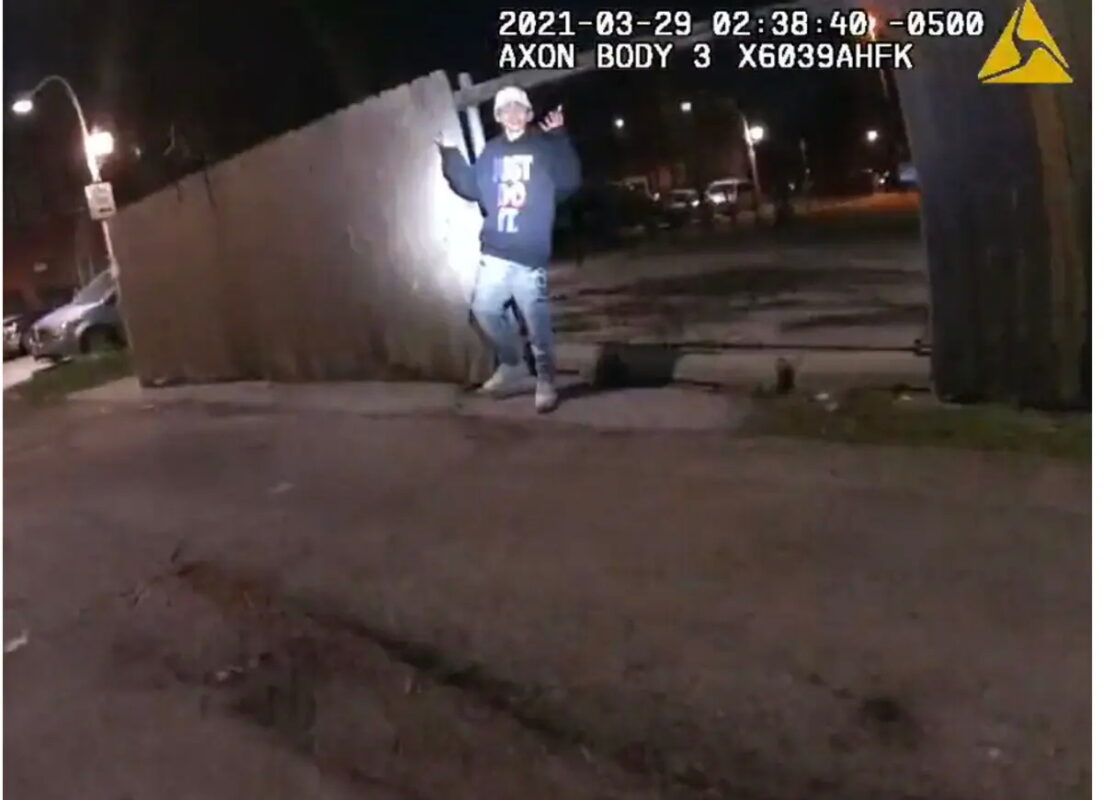
A local prosecutor declined to press charges against Stillman, saying that he had responded to a “perceived threat.” (Neither a lawyer for Stillman nor the Police Department responded to requests for comment.)
COPA did its own investigation and found that the officer should not have shot Toledo and should be fired.
But the case also highlights the limits of the changes in Chicago. While COPA can recommend discipline, it can’t impose it. Instead, discipline is decided by a separate civilian board. Cases often take years to wind through the system. Nearly three years after the shooting, Stillman’s recommended firing is still pending a decision from the board. (The board declined a request to comment.)
There are other ways in which Chicago’s setup is far from perfect, said Kalven, the local journalist. He has been pushing for Chicago to commit to releasing footage more quickly than the 60 days the city committed to long ago — and he says it should be “all body-camera footage of all officers at the scene,” as opposed to all “relevant” footage, a determination made by COPA. The changes, said Kalven, should be enshrined in law.
Chicago’s main police union, however, has pushed for less transparency. The Fraternal Order of Police’s new contract negotiated last year includes a variety of restrictions on the use of the cameras. “Post-incident conversations” captured by cameras cannot be used in discipline cases, nor can videos captured by “inadvertent camera activation.” (Officers in Chicago have a history of failing to turn on their cameras.) The union did not respond to a request for comment.
Still, policing does seem to be changing in Chicago. Shootings by officers are down in recent years, as are incidents of officer use of force.
“I think Chicago may have more civilian oversight than other police forces in the country right now,” said Arewa Winters, a Chicago community organizer. “But there is a lot of resistance. There is still a lot of work to do.”
Winters’ 16-year-old nephew was killed by officers in 2016, a trauma that “catapulted” her into activism. There was footage of what happened, but the police and city didn’t release it, claiming confidentiality because he was a minor. “Now, because of oversight, they don’t have a choice,” she said.
Eric Umansky is an editor-at-large at ProPublica, where he has overseen two Pulitzer Prize-winning projects. Most recently, a series he edited on NYPD abuse of “nuisance abatement” laws won the Pulitzer Gold Medal for Public Service. Umansky oversaw much of ProPublica’s Trump administration coverage, including the “Trump, Inc.” podcast with WNYC, which won a DuPont Award. More recently, Umansky has reported with his colleagues on police accountability in New York City. The work has won the John Jay College/Harry Frank Guggenheim Award for Excellence in Criminal Justice Reporting and the Al Nakkula Award for Police Reporting. It has also been credited with helping spur reforms.

